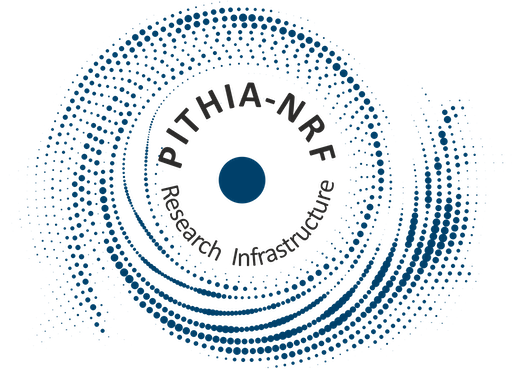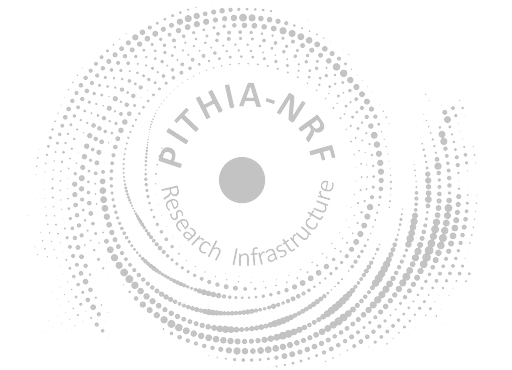<?xml version="1.0" encoding="UTF-8"?>
<ComputationCapabilities xmlns="https://metadata.pithia.eu/schemas/2.2" xmlns:xsi="http://www.w3.org/2001/XMLSchema-instance" xmlns:gmd="http://www.isotc211.org/2005/gmd" xmlns:mrl="http://standards.iso.org/iso/19115/-3/mrl/1.0" xmlns:gco="http://standards.iso.org/iso/19115/-3/gco/1.0" xmlns:xlink="http://www.w3.org/1999/xlink" xsi:schemaLocation="https://metadata.pithia.eu/schemas/2.2 https://metadata.pithia.eu/schemas/2.2/pithia.xsd">
<identifier>
<PITHIA_Identifier>
<localID>ComputationCapabilities_eSWua_Ground_Based_Scintillation_Climatology</localID>
<namespace>ingv</namespace>
<version>1</version>
<creationDate>2025-04-30T11:05:00Z</creationDate>
<lastModificationDate>2025-04-30T11:05:00Z</lastModificationDate>
</PITHIA_Identifier>
</identifier>
<name>eSWua Ground Based Scintillation Climatology (GBSC) statistical model</name>
<description>The algorithm calculates, for a specific GNSS scintillation receiver of the eSWua network, the percentage ratio between the occurrences of the scintillation index (S4 or SigmaPhi) values exceeding a defined threshold and the total number of available observations. The percentage occurrences are evaluated within 1-hour interval (time resolution). The resulting data are organized into a matrix, with the hours of the day on the x-axis, the days of the year on the y-axis, and the percentage of scintillation occurrences represented by the values of each matrix cell.</description>
<dataLevel xlink:href="https://metadata.pithia.eu/ontology/2.2/dataLevel/L4"/>
<type xlink:href="https://metadata.pithia.eu/ontology/2.2/computationType/DataDrivenModel"/>
<version/>
<softwareReference/>
<!-- Use ESPAS-inspired design of processingInput and InputOutput types to specify all required input parameters for this computation -->
<processingInput>
<InputOutput>
<!-- Provide only name and description, no values: this field describes the process, not the observation result.
If this processingInput is a parameter that has specific value for the whole collection, use om:parameter field of the DataCollection
document to define such NamedValue, point its NamedValue.name to this name below, and use NamedValue.value to set the value -->
<name>S4_l1_slant</name> <!-- no spaces please -->
<description>
<mrl:LE_Source>
<mrl:description><gco:CharacterString>
Amplitude Scintillation Index (S4) on L1 GNSS frequency band
</gco:CharacterString></mrl:description>
</mrl:LE_Source>
</description>
</InputOutput>
</processingInput>
<processingInput>
<InputOutput>
<!-- Provide only name and description, no values: this field describes the process, not the observation result.
If this processingInput is a parameter that has specific value for the whole collection, use om:parameter field of the DataCollection
document to define such NamedValue, point its NamedValue.name to this name below, and use NamedValue.value to set the value -->
<name>Sigmaphi_l1_slant</name> <!-- no spaces please -->
<description>
<mrl:LE_Source>
<mrl:description><gco:CharacterString>
Phase Scintillation Index (SigmaPhi) on L1 GNSS frequency band
</gco:CharacterString></mrl:description>
</mrl:LE_Source>
</description>
</InputOutput>
</processingInput>
<processingInput>
<InputOutput>
<!-- Provide only name and description, no values: this field describes the process, not the observation result.
If this processingInput is a parameter that has specific value for the whole collection, use om:parameter field of the DataCollection
document to define such NamedValue, point its NamedValue.name to this name below, and use NamedValue.value to set the value -->
<name>Threshold</name> <!-- no spaces please -->
<description>
<mrl:LE_Source>
<mrl:description><gco:CharacterString>
Value above which an observation (S4 or SigmaPhi) is considered a scintillation event.
</gco:CharacterString></mrl:description>
</mrl:LE_Source>
</description>
</InputOutput>
</processingInput>
<processingInput>
<InputOutput>
<!-- Provide only name and description, no values: this field describes the process, not the observation result.
If this processingInput is a parameter that has specific value for the whole collection, use om:parameter field of the DataCollection
document to define such NamedValue, point its NamedValue.name to this name below, and use NamedValue.value to set the value -->
<name>Elevation_mask</name> <!-- no spaces please -->
<description>
<mrl:LE_Source>
<mrl:description><gco:CharacterString>
Elevation mask for the satellites in the Field of View of the ground-based recevier.
</gco:CharacterString></mrl:description>
</mrl:LE_Source>
</description>
</InputOutput>
</processingInput>
<processingInput>
<InputOutput>
<!-- Provide only name and description, no values: this field describes the process, not the observation result.
If this processingInput is a parameter that has specific value for the whole collection, use om:parameter field of the DataCollection
document to define such NamedValue, point its NamedValue.name to this name below, and use NamedValue.value to set the value -->
<name>Time_range</name> <!-- no spaces please -->
<description>
<mrl:LE_Source>
<mrl:description><gco:CharacterString>
Time range (in UTC).
</gco:CharacterString></mrl:description>
</mrl:LE_Source>
</description>
</InputOutput>
</processingInput>
<algorithm/>
</ComputationCapabilities>

